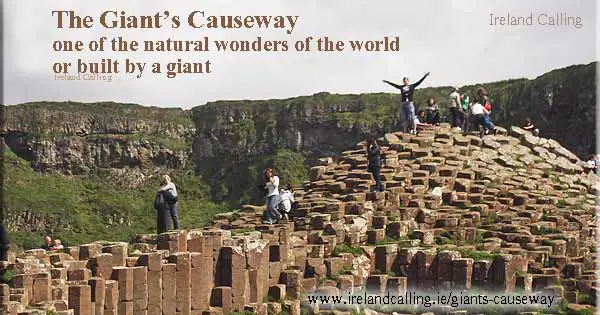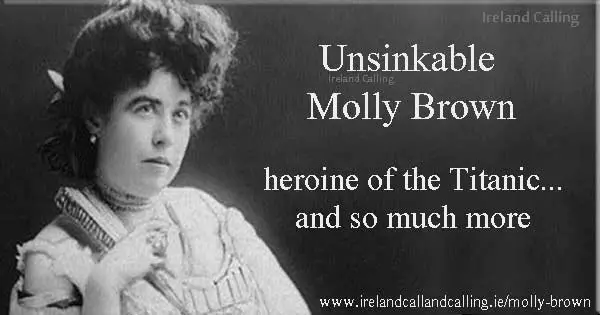april-top.html
 1661 Sir Thomas Molyneux was born in Dublin on this day in 1661. He worked as a scientist and archaeologist and was the first man to claim that the Giant’s Causeway in Northern Ireland was a natural phenomenon.
1661 Sir Thomas Molyneux was born in Dublin on this day in 1661. He worked as a scientist and archaeologist and was the first man to claim that the Giant’s Causeway in Northern Ireland was a natural phenomenon.
It is now a National Nature Reserve of Northern Ireland and a major tourist attraction. Legend had it that it was the remains of a crossing between two areas of land over an inlet of the sea that had been built by a giant.
Molyneux was the first man to use science to come up with an explanation of how the unique rock structure was formed.
Click here to read about the Giant’s Causeway
Click here to read about more holiday attractions in Ireland
Click here to read about more great Irish scientists
* * *
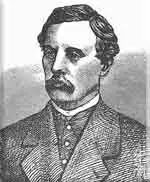 1848 Thomas Francis Meagher first presented the Irish tricolour flag to the public on this day in 1848. The flag had been given to Meagher by a group of French women who sympathised with the Irish cause.
1848 Thomas Francis Meagher first presented the Irish tricolour flag to the public on this day in 1848. The flag had been given to Meagher by a group of French women who sympathised with the Irish cause.
Many people in Ireland were suffering from starvation and disease after a series of failed potato crops in a period that became known as the ‘Great Famine’. Millions died as a result and millions more had to leave Ireland to survive, with most going to America, the UK and Australia.
The British government refused to help the Irish sufferers, and worse still they continued to export corn from British owned Irish land, which could have enabled many Irish people to survive, although not totally account for the lost potato crops.
The feeling of resentment towards the British was at an all-time high in Ireland, and the Young Ireland movement attempted to overthrow the British, but the rebellion was swiftly quashed.
The tricolour was given to Meagher about fifty years after the French Revolution. The design of three vertical stripes is associated with rebellion and liberation. The flag is made up of green, white and orange. Green to represent Ireland’s Gaelic tradition, orange as a reference to the Protestant followers of William of Orange in Ireland, and white as a symbol of peace between them.
It didn’t become prominent in Ireland until the Easter Rising of 1916, when the Irish rebels hoisted it at the General Post Office in Dublin, after they had declared Ireland an independent republic.
Click here to read more about the Easter Rising
Click here to read more about Irish history
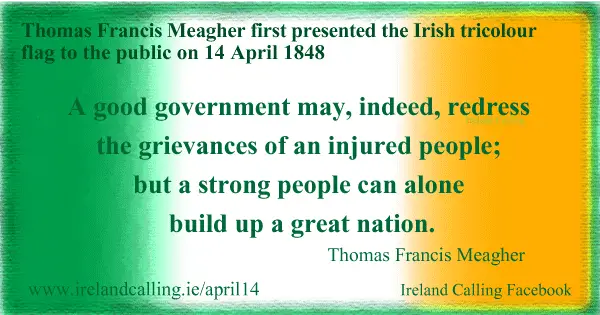
* * *
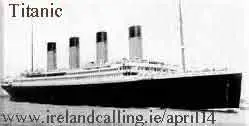 1912 On this day in 1912, in the middle of the Atlantic Ocean the Belfast-built Titanic collided with an iceberg. There were more than 2,000 people on board.
1912 On this day in 1912, in the middle of the Atlantic Ocean the Belfast-built Titanic collided with an iceberg. There were more than 2,000 people on board.
Less than three hours after the collision, the 900 foot, 50 ton ship became completely submerged and sank to the bottom of the ocean.
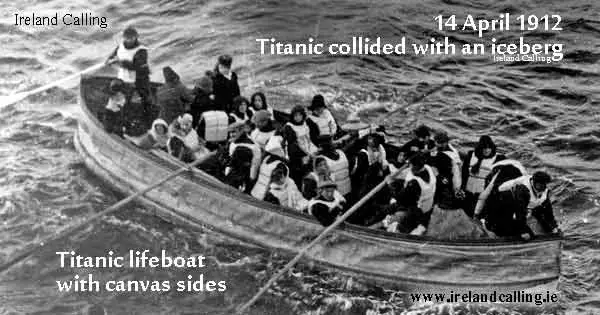
Tragically, the ship was only fitted with enough lifeboats for about 1,000 people as it had been considered ‘unsinkable’. The lifeboats weren’t filled to capacity efficiently and more than 1,500 people died in the disaster, either drowned or of hypothermia in the freezing water.
Harland and Wolff, the company that built Titanic, are still in business today, building ships and also producing machinery for renewable energy plants.
Read the amazing story of Molly Brown
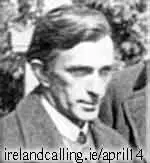 1922 The IRA, led by Rory O’Connor, took control of the Four Courts building in Dublin on this day in 1922. The men were unhappy at the terms of the Anglo-Irish Treaty, which had been signed in December the previous year.
1922 The IRA, led by Rory O’Connor, took control of the Four Courts building in Dublin on this day in 1922. The men were unhappy at the terms of the Anglo-Irish Treaty, which had been signed in December the previous year.
The Treaty granted Ireland a Free State, but as a dominion of the British Empire. O’Connor and his followers rejected this, as it abolished the Irish Republic that had been declared by the rebels of the Easter Rising.
The IRA had been split by the Treaty, with some, now known as the Free State, content with the terms in the agreement. O’Connor hoped that by taking the Four Courts building, then the British forces would be provoked into an attack, which would in turn, re-unite the IRA to its former military force.
This didn’t happen though. Michael Collins, who had actually signed the agreement, pleaded with O’Connor to relent and give up the building. O’Connor and his men wouldn’t negotiate though, and kidnapped a member of the Free State army.
In response, Collins attacked the building with weapons borrowed from the British. O’Connor was forced to surrender. He was arrested and executed. The seizing of the Four Courts was the event that sparked the Irish Civil War.
Michael Collins was killed when his vehicle was ambushed by IRA soldiers. Rather than flee, Collins ordered his men out to return fire and fight, but he was killed in the gunfight.
Click here to read more about Irish history
* * *
1952 Happy birthday to Simon Crowe, born in Dublin on this day in 1952. He is the drummer for the Irish rock band, The Boomtown Rats, who were originally fronted by Bob Geldof.
The Boomtown Rats had huge success in the 1970s with songs such as Rat Race and I don’t like Mondays. The band are still performing today, with a new line up.
Click here to read about more Irish musicians
* * *
 1972 On this day in 1972, Limerick-born DJ Terry Wogan first hosted the Breakfast Show on BBC Radio 2. He had previously hosted successful shows on RTÉ in Ireland, and was given his big chance to broadcast to a larger audience.
1972 On this day in 1972, Limerick-born DJ Terry Wogan first hosted the Breakfast Show on BBC Radio 2. He had previously hosted successful shows on RTÉ in Ireland, and was given his big chance to broadcast to a larger audience.
Wogan never looked back and took the chance with both hands. In the following decades, he hosted numerous programmes both on British television and radio, including the Eurovision Song Contest for 35 years.
He has always used his popularity and influence with the public to raise awareness and money for good causes, most notably Children in Need. In 2005, Wogan was knighted for his contributions to broadcasting and charity work. He remains a firm favourite among the British and Irish audience, and has been described as a ‘national treasure’.
Having worked in television and radio he observed;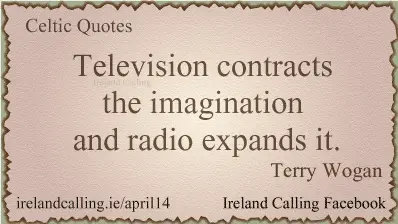
april-bottom.html
